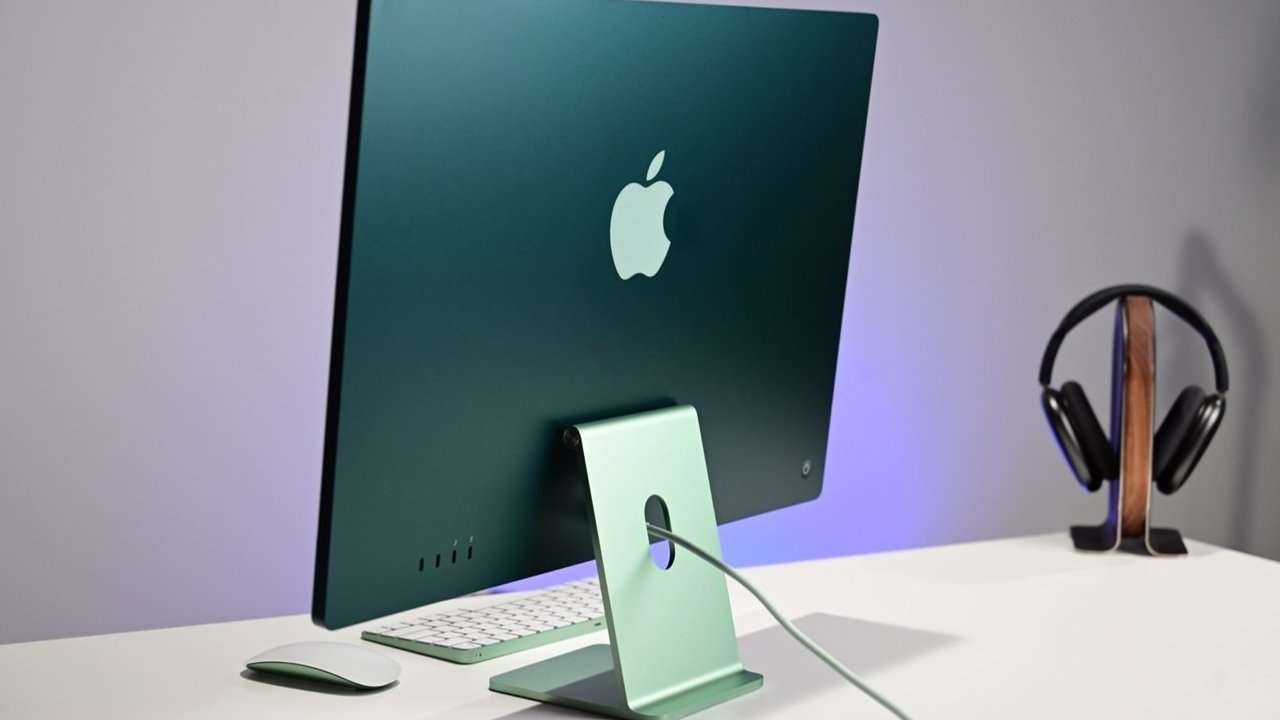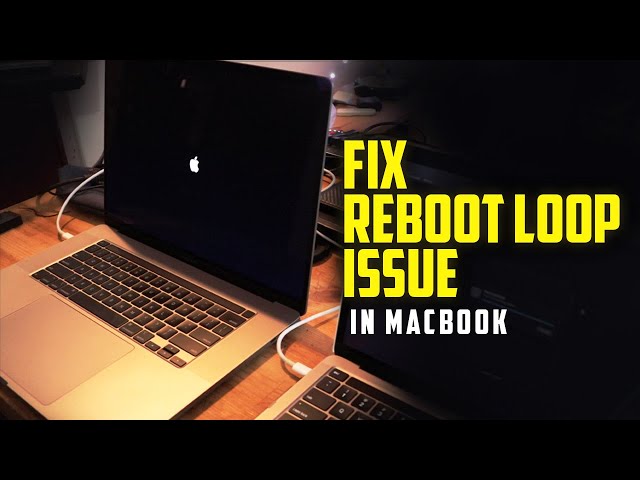Your iMac is known for its powerful performance and exceptional sound clarity. However, when your iMac speaker or sound not working, even the simplest tasks like watching videos or joining video calls can become frustrating. Whether the problem appears after an update or without warning, you don’t have to panic.
In this detailed guide, we’ll walk you through why this issue occurs, how to fix it effectively, and when you might need expert repair support from Milaaj.
Common Reasons Why iMac Speaker or Sound Not Working
When your iMac speaker or sound not working, several factors might be to blame. Understanding these root causes is the first step toward a solution.
1. Software Glitches
Occasionally, system bugs or failed updates can interfere with your Mac’s sound drivers, leading to silence or distorted audio.
2. Incorrect Audio Output Settings
If your iMac is connected to external audio devices like AirPods or Bluetooth speakers, the system might still be routing sound to those instead of its built-in speakers.
3. Outdated macOS
Older versions of macOS sometimes contain audio bugs that have been resolved in later updates.
4. Hardware Problems
Physical issues, such as a damaged speaker membrane, faulty logic board, or water exposure, can also result in no sound.
5. Corrupted NVRAM or SMC Settings
These small but critical memory sections control hardware behaviors — including sound settings. When corrupted, they can cause the iMac speaker or sound not working problem.
6. Audio Port or Connector Issues
Dust or debris inside the headphone jack or ports can confuse the system, making it think an external device is still connected.
Step-by-Step Fixes When iMac Speaker or Sound Not Working
Before assuming it’s a major hardware failure, try these simple fixes that often restore sound in minutes.
1. Check Sound Settings and Output Device
Start by verifying your sound settings:
- Click the Apple Menu → System Settings → Sound.
- Under the Output tab, make sure Internal Speakers is selected.
- Adjust the output volume slider and ensure Mute is not checked.
Transitioning through these steps ensures you’re routing sound correctly — an easy but often overlooked fix when your iMac speaker or sound not working.
2. Restart Your iMac
A simple restart can clear temporary glitches affecting system processes. Save your work, then restart your iMac to refresh sound services. After rebooting, test the speakers again.
3. Update macOS to the Latest Version
Keeping macOS up-to-date helps eliminate bugs that could cause audio issues.
- Go to System Settings → General → Software Update.
- Install any available updates.
This simple step often resolves the iMac speaker or sound not working issue caused by outdated drivers or firmware.
4. Reset NVRAM and SMC
If your iMac continues to show no sound, resetting the NVRAM (Non-Volatile Random Access Memory) and SMC (System Management Controller) can help.
To reset NVRAM:
- Shut down your iMac.
- Turn it back on while holding Option + Command + P + R for 20 seconds.
- Release the keys and allow the Mac to restart.
To reset SMC:
- Shut down the iMac.
- Unplug it from power for 15 seconds.
- Reconnect and turn it on again.
Both these resets can restore audio hardware functionality and fix most cases of iMac speaker or sound not working.
5. Check for External Device Conflicts
If you often connect Bluetooth headphones or external monitors, macOS may default to them for audio.
- Go to System Settings → Bluetooth.
- Turn Bluetooth Off temporarily.
- Re-test the internal speakers.
Disconnecting external devices ensures your sound plays through the correct channel.
6. Test with Safe Mode
Booting in Safe Mode helps you determine whether third-party software is interfering with audio.
- Restart your Mac while holding Shift until the Apple logo appears.
- Once in Safe Mode, test the sound.
If sound works in Safe Mode, a third-party app may be the reason behind your iMac speaker or sound not working problem.
7. Inspect Physical Components
If all software fixes fail, the issue might be hardware-related. Check for:
- Visible damage: such as dents or cracks near the speaker grill.
- Dust or debris: that may have clogged speaker holes.
- Liquid exposure: which can corrode speaker circuitry.
Physical inspection can often reveal whether you need professional help.
When to Seek Professional Help for iMac speaker or sound not working Problems
Sometimes, no amount of DIY troubleshooting can solve the issue. Hardware faults like damaged speaker coils, logic board problems, or corrosion require specialized repair tools.
That’s where Milaaj comes in. Their certified technicians use advanced diagnostic tools to identify and repair iMac speaker issues accurately. Whether the sound card needs replacement or the logic board requires re-soldering, their experts ensure your iMac regains clear and balanced sound performance.
Visiting professionals saves you time and prevents accidental damage that might occur during self-repair attempts.
Preventing Future iMac speaker or sound not working Issues
After fixing your iMac speaker or sound not working, it’s essential to prevent recurrence. Follow these preventive measures:
- Keep macOS Updated: Regular updates include audio driver improvements.
- Avoid Moisture: Keep your iMac away from humidity and liquids.
- Use High-Quality Accessories: Cheap third-party audio devices can cause software conflicts.
- Shut Down Properly: Avoid forcing shutdowns that can corrupt audio files or settings.
- Clean Regularly: Dust buildup can block sound output or ports.
These habits help ensure your speakers continue to deliver crystal-clear sound.
Hardware vs Software – Diagnosing the Root Cause
If you’re unsure whether your issue is software or hardware-related, here’s a quick comparison guide:
| Symptom | Likely Cause | Fix Type |
|---|---|---|
| No sound after update | Software bug | Update or restart |
| Sound distorted or crackling | Hardware damage | Professional repair |
| Sound output missing | Audio settings error | Adjust settings |
| iMac shows connected to external device | Bluetooth interference | Disconnect devices |
| Sound missing even after reset | Speaker or logic board failure | Expert repair |
Proper diagnosis helps you take the correct next step when facing an iMac speaker or sound not working issue.
Why Professional Repair Is Worth It
While DIY solutions work for minor software problems, professional repair ensures long-lasting results. Expert technicians at Milaaj not only restore functionality but also perform preventive checks to avoid future issues.
Their services include:
- Component-level diagnostics.
- Logic board sound chip repairs.
- Replacement of faulty speakers.
- Cleaning and calibration of sound circuits.
By relying on professionals, you ensure your device performs at peak sound quality again — safely and efficiently.
FAQs – iMac Speaker or Sound Not Working
1. Why did my iMac suddenly lose sound?
It could be due to a software glitch, incorrect output settings, or hardware malfunction.
2. Can an update cause the sound to stop working?
Yes. Some macOS updates can disrupt sound drivers. Updating again usually resolves this.
3. My iMac shows sound bars moving, but I hear nothing. Why?
This may indicate a hardware issue with the internal speakers or a misrouted audio output.
4. Can Bluetooth devices interfere with internal audio?
Absolutely. Disconnect Bluetooth to test internal speakers.
5. What if none of the fixes work?
If your iMac speaker or sound not working persists, it’s best to contact professionals like Milaaj for expert repair.
6. Is it safe to open the iMac myself?
Not recommended. iMac components are delicate, and improper handling can cause further damage.
7. How much does a professional sound repair cost?
Costs depend on the specific issue but are generally affordable compared to full replacements.
iMac speaker or sound not working
When your iMac speaker or sound not working, it doesn’t always mean an expensive repair is necessary. By following step-by-step troubleshooting methods — from checking settings to updating macOS — you can often fix the issue yourself.
However, if you’ve tried every solution and still experience silence or distorted audio, it’s time to seek professional help. Milaaj Mobile and Laptop Repair Dubai provides expert iMac sound diagnostics and repairs using genuine parts and precision tools.
Book now for doorstep mobile and laptop repair services!
📍 Visit Any Milaaj Branch in Dubai
🔹 Bur Dubai
Milaaj Mobile and Laptop Repair Dubai
📞 055 258 8477
🔗 Google Maps
🔹 Al Barsha
Milaaj Mobiles and Laptop Repair Al Barsha
📞 052 596 2846
🔗 Google Maps
🔹 Reef Mall (Salah Al Din)
Milaaj Service Center Reef Mall
📞 052 3405 814
📍 1st Floor, Shop 16, Deira
🔗 Google Maps
🔹 Al Nuaimiya
Milaaj Mobiles and Laptops Ajman
📞 055 788 9654
🔗 Google Maps
📧 Email: support@milaaj.com
🕒 Operating Hours: Monday – Sunday




Leave a Reply